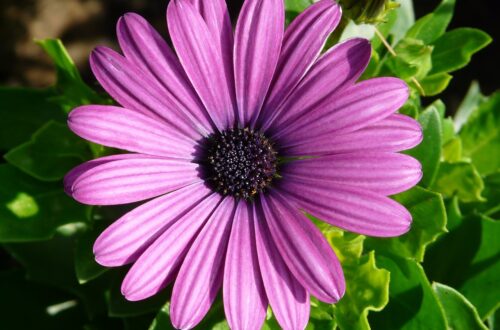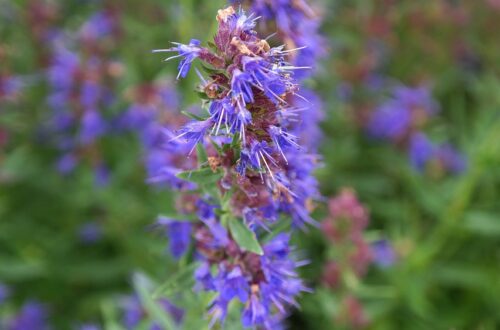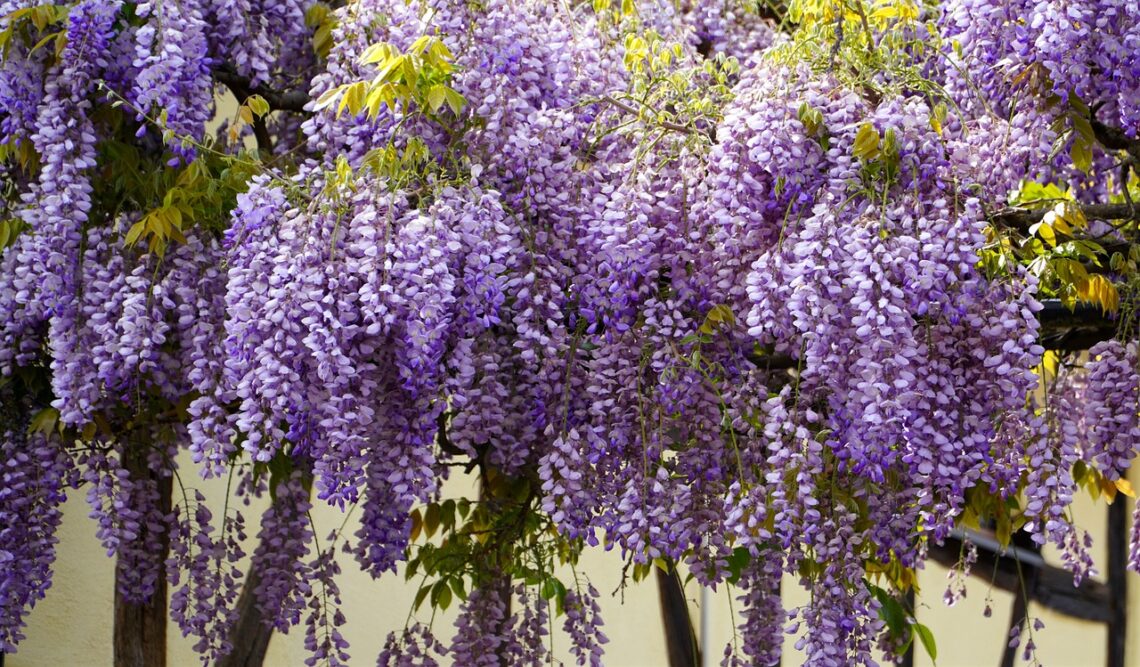
How to Grow and care for wisteria
Have you ever seen a cascade of dreamy, violet-blue flowers adorning a wall or arbor? If so, you’ve probably admired the beauty of wisteria. This stunning flowering vine has captured the hearts of gardeners for centuries with its elegance and enchanting fragrance. Growing wisteria, though, can be a commitment—one that rewards you with lush blooms and an eye-catching display each year. Wisteria is a hardy plant that, once established, can grow vigorously. However, it requires specific care and attention to thrive. Let’s explore how to nurture this plant so that it becomes the show-stopping feature of your garden.
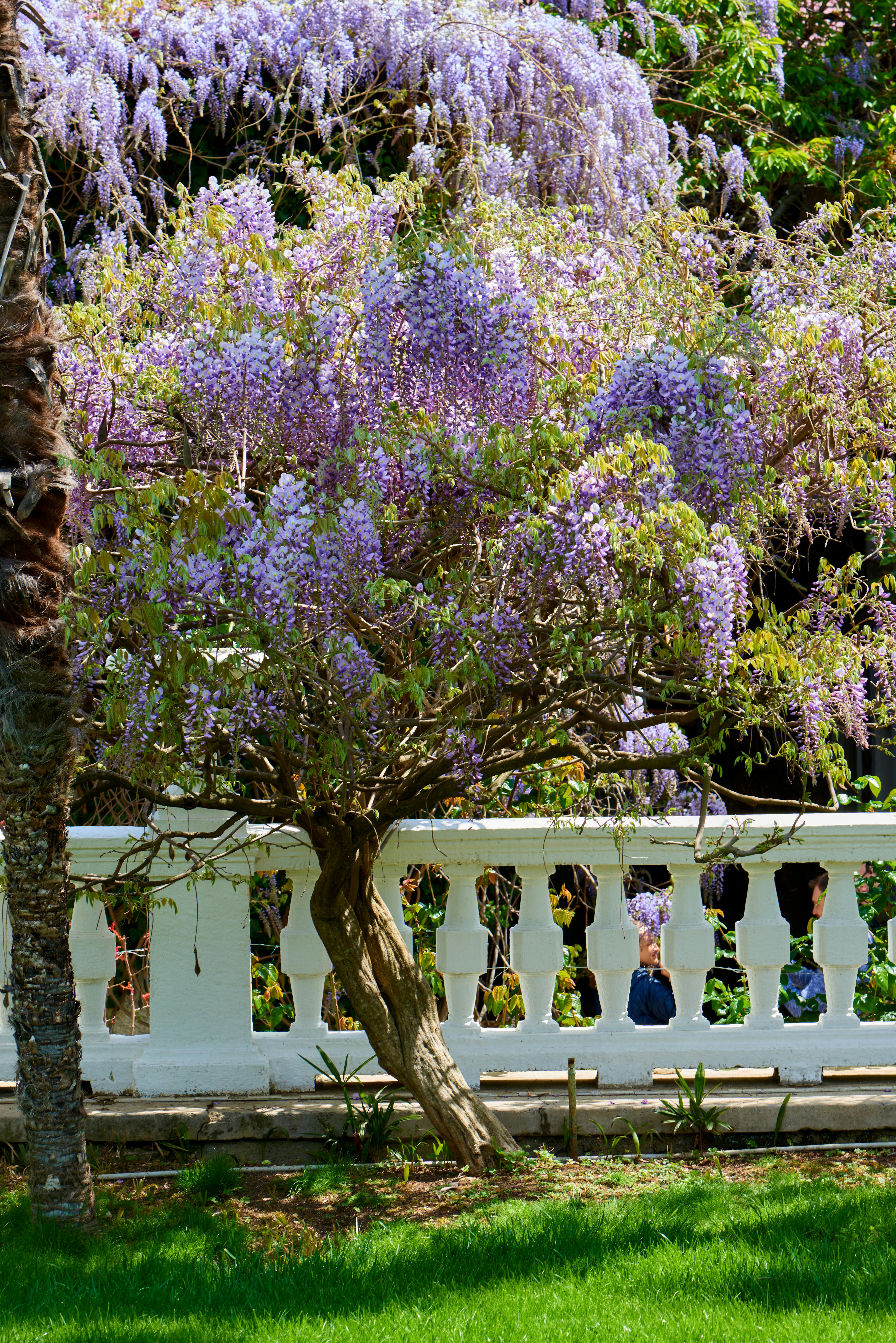
| Category | Details |
|---|---|
| Common Name | Wisteria |
| Botanical Name | Wisteria spp. |
| Family | Fabaceae (Legume family) |
| Plant Type | Deciduous vine |
| Mature Size | 10–30 feet tall, can spread over 30 feet |
| Sun Exposure | Full sun (6–8 hours daily) |
| Soil Type | Moist, well-drained, fertile soil |
| Soil pH | Neutral to slightly acidic (6.0–7.0) |
| Bloom Time | Spring to early summer |
| Flower Color | Purple, violet, blue, pink, white |
| Hardiness Zones | 4–9 (varies by species) |
| Native Areas | China, Japan, Korea, Eastern United States |
Types of Wisteria Varieties
Wisteria includes several varieties, each with unique characteristics. The most popular types are Japanese wisteria (Wisteria floribunda), Chinese wisteria (Wisteria sinensis), and American wisteria (Wisteria frutescens). Japanese wisteria is known for its long, cascading blooms, while Chinese wisteria has shorter racemes but is just as fragrant. American wisteria, the native species, tends to be more restrained in growth and often blooms later in the season. Choosing the right variety based on your climate and garden goals is crucial for successful growth.
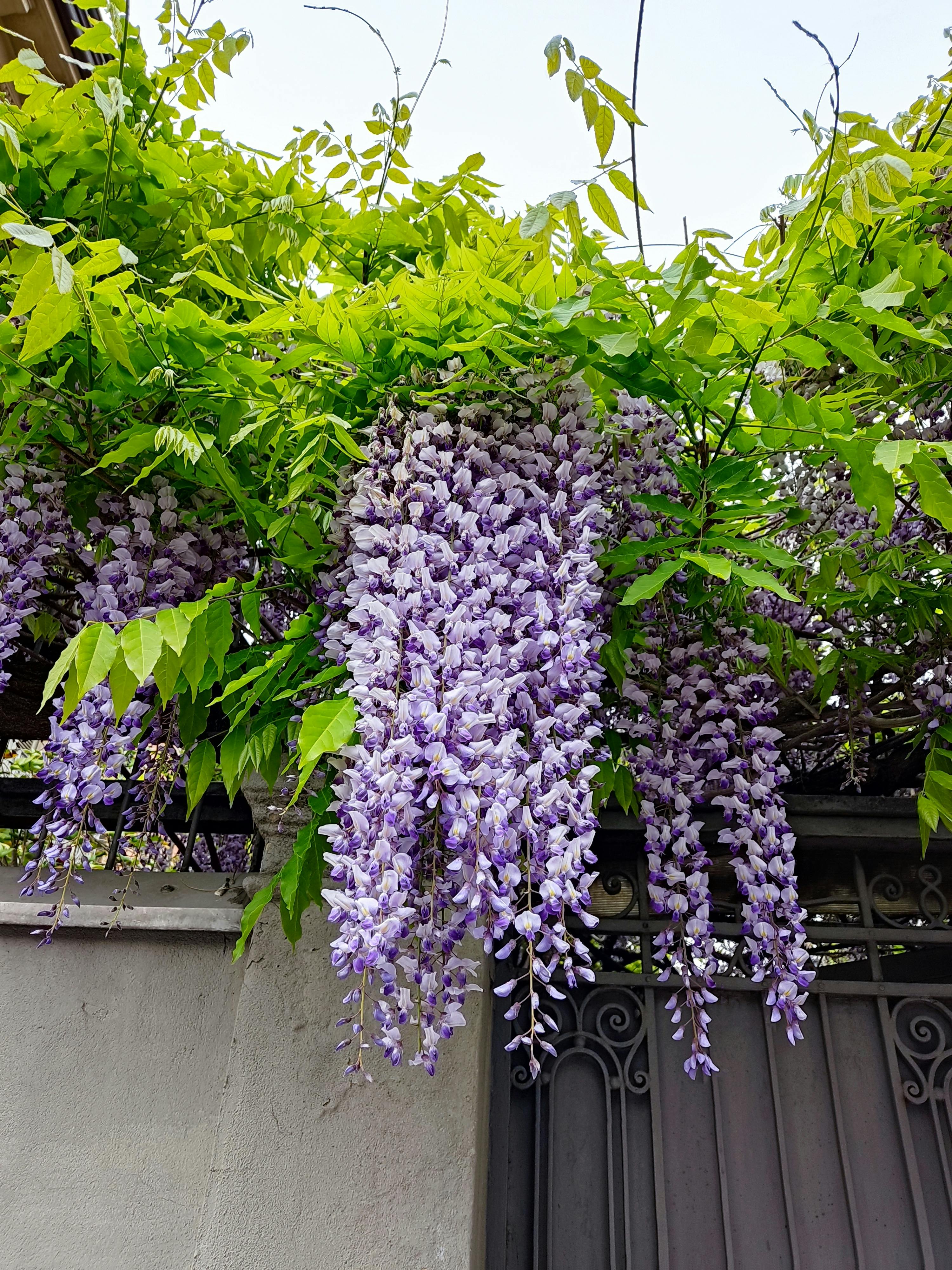
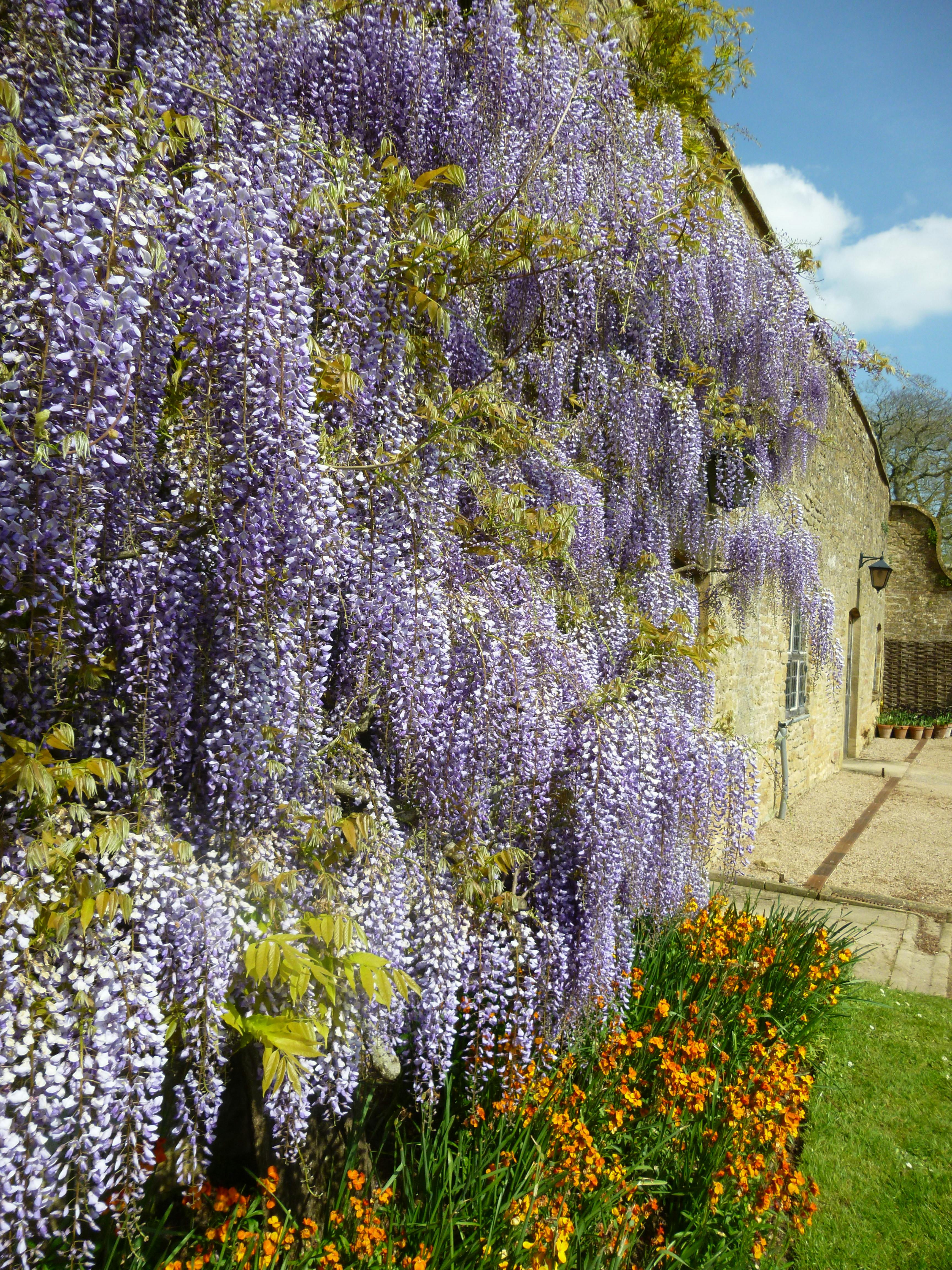
Choosing the Right Wisteria Species
When selecting a wisteria species, consider factors like climate, space, and maintenance needs. Japanese and Chinese wisterias are known for their vigorous growth and beautiful racemes. However, they can be invasive in some areas. American wisteria is generally less aggressive and often a better fit for smaller gardens. Research local recommendations to ensure you’re choosing the best species for your region, as this choice will set the foundation for how well your wisteria grows and blooms.
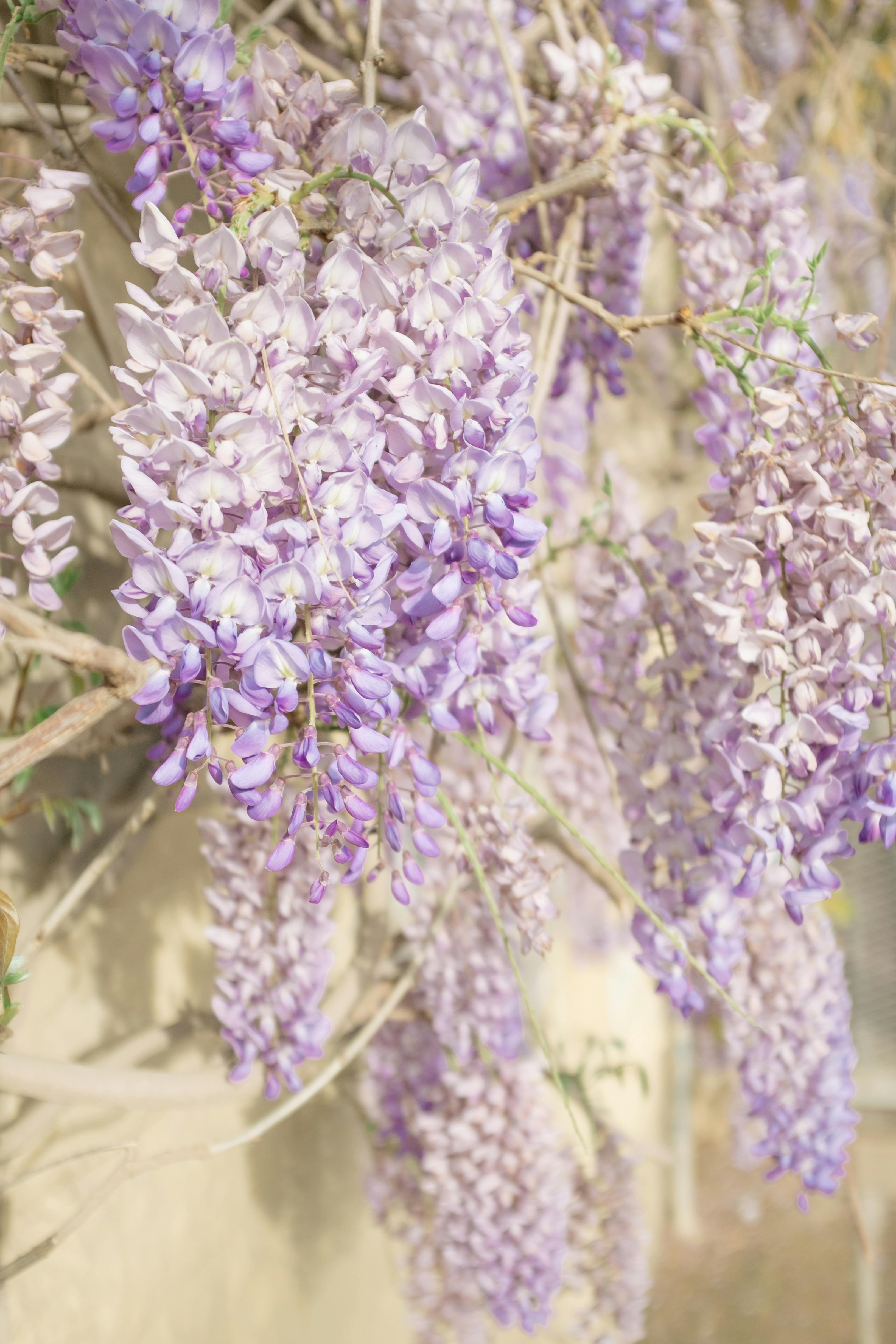
Best Time to Plant Wisteria
Timing plays a critical role in establishing wisteria. The ideal time to plant wisteria is in the spring or fall when temperatures are moderate. Planting during these seasons allows the roots to establish without the stress of extreme heat or frost. If you’re planting in a container, early spring is also a great choice, as it gives the plant a full growing season to settle in before winter arrives.
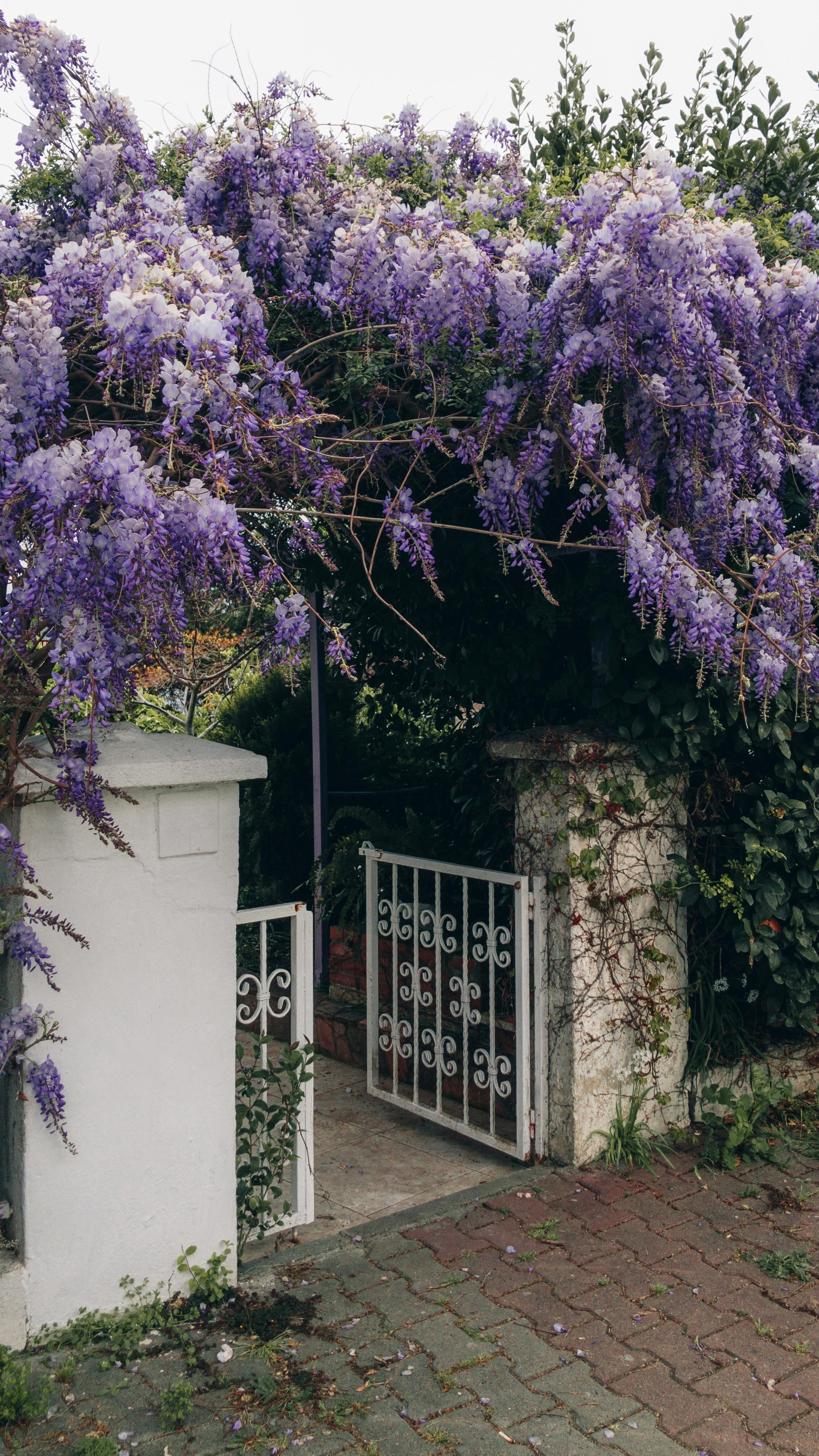
Ideal Climate for Wisteria Growth
Wisteria thrives in temperate climates with distinct seasons, where it can experience a cold period that encourages flowering. It grows best in USDA hardiness zones 5 to 9, though some varieties can adapt to warmer or cooler climates. In areas with mild winters, it’s essential to choose a species that doesn’t require extended cold to flower. Understanding your climate will help you determine if additional protections or adjustments are needed for optimal growth.
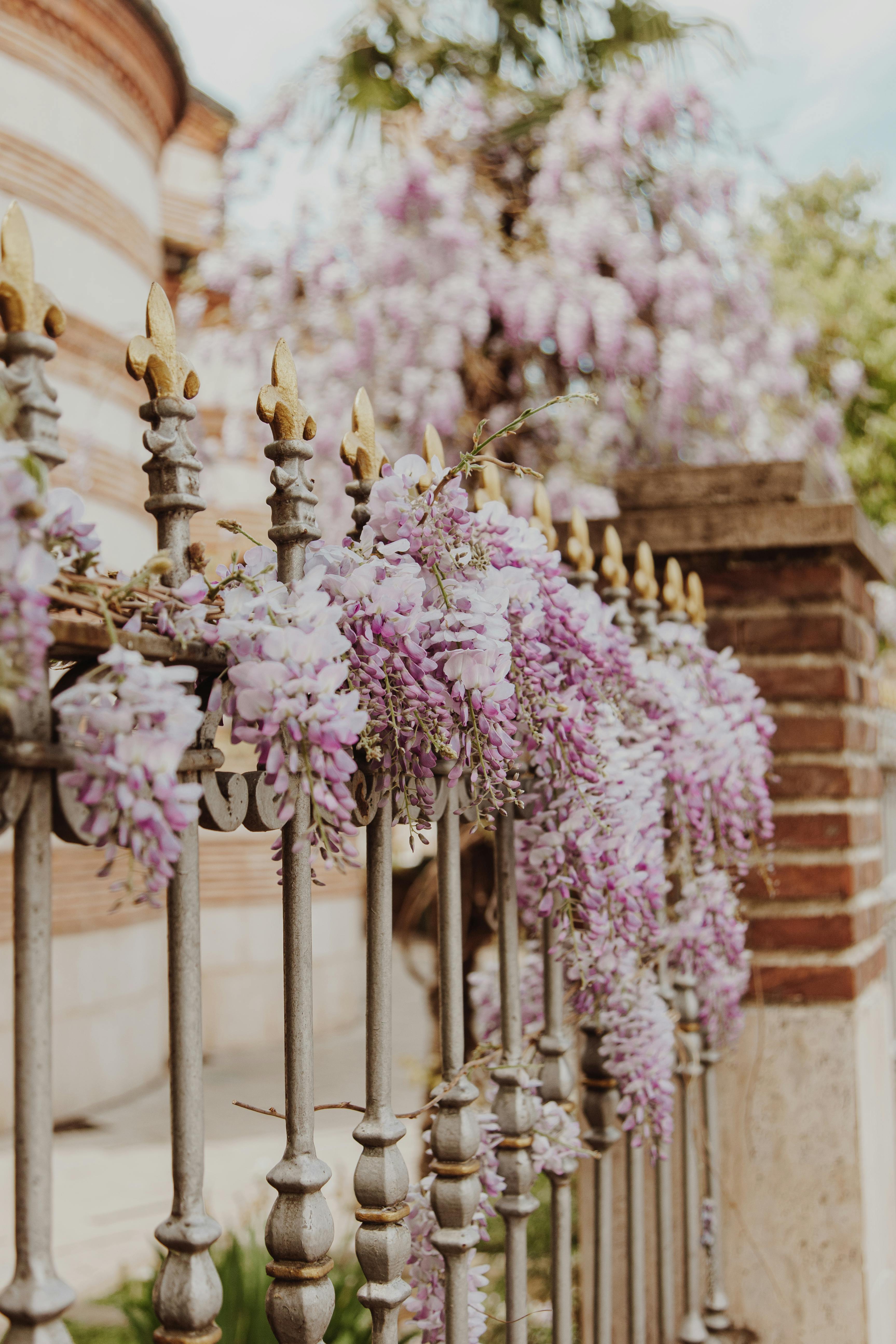
Selecting the Perfect Planting Spot
Location is everything for wisteria. This plant needs ample space, as it can grow up to 30 feet or more when mature. Wisteria does best in areas where it can climb on a sturdy support, such as a pergola, wall, or fence. Look for a spot with plenty of sunlight and ensure the structure can handle the plant’s eventual weight. Choosing the right spot is essential to give your wisteria room to grow and shine.

Sunlight Requirements for Wisteria
Wisteria is a sun-loving plant and requires full sunlight to produce its best blooms. Aim for at least six hours of direct sunlight per day. While wisteria can tolerate some shade, it won’t flower as prolifically, and growth may become sparse. Planting in a sunny location will provide the ideal environment for your wisteria to thrive and display its full beauty each blooming season.
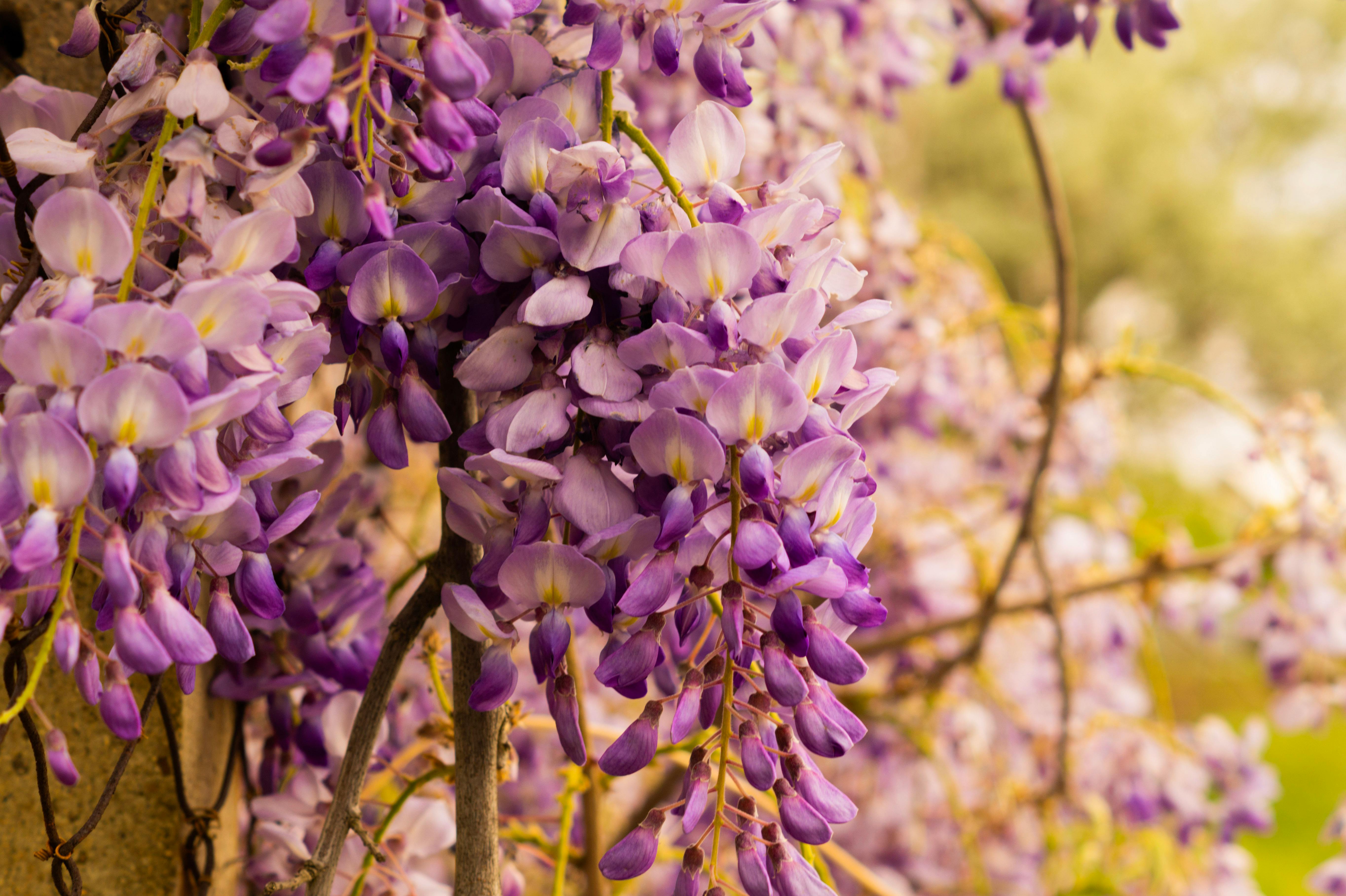
Soil Requirements and Preparation
The quality of your soil directly impacts wisteria’s growth and flowering. Wisteria prefers well-drained soil that is moderately fertile and rich in organic matter. Loamy soil is ideal, but with proper amendments, clay or sandy soils can also support healthy growth. Before planting, mix in compost or well-rotted manure to improve fertility, and loosen the soil to help the roots establish quickly.

pH Level Considerations for Soil
Wisteria plants perform best in slightly acidic to neutral soil with a pH between 6.0 and 7.0. Test your soil’s pH before planting, as very acidic or alkaline conditions can inhibit nutrient uptake and affect plant health. If adjustments are needed, adding lime will raise pH, while sulfur will lower it. Monitoring pH ensures your wisteria gets the nutrients it needs for vibrant growth.
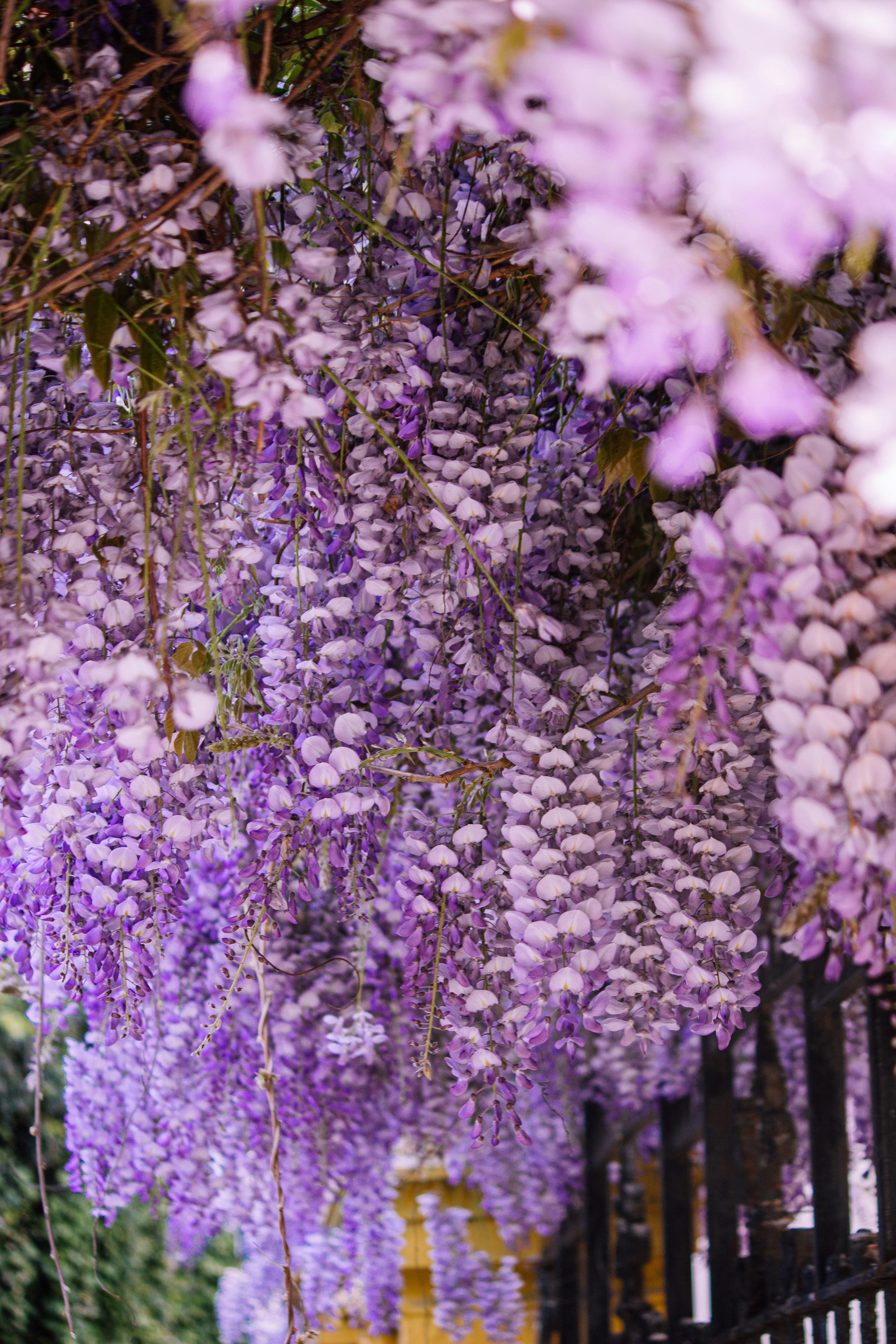
How to Test and Adjust Soil pH
Testing soil pH can be done with a simple home kit or by sending a sample to a local extension service. Once you know your pH, make adjustments as necessary. For soil that’s too acidic, add lime; for soil that’s too alkaline, use sulfur. Recheck the pH after a few weeks to ensure the adjustments have taken effect. Getting the right pH balance helps wisteria access essential nutrients and bloom more profusely.
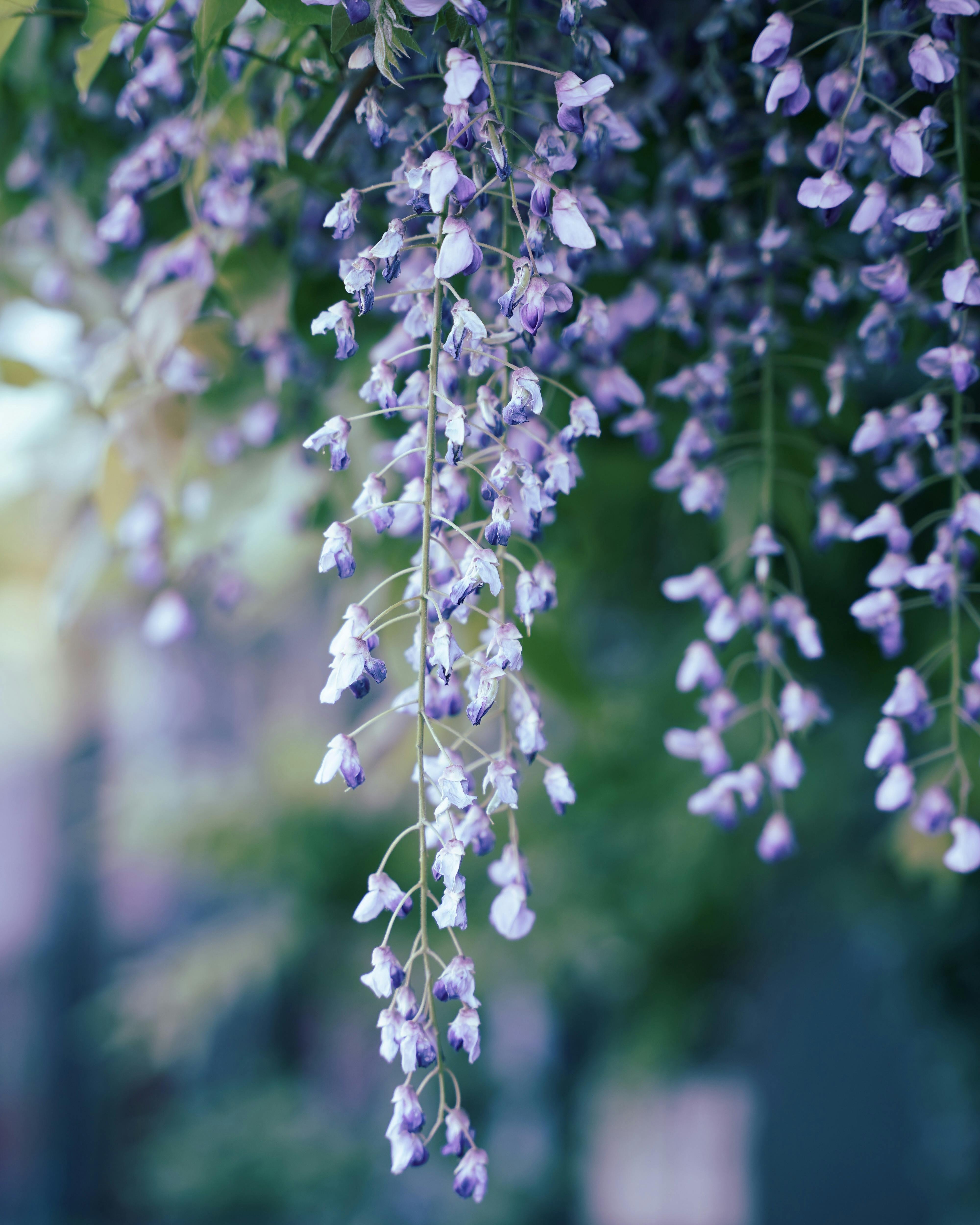
Drainage Tips for Wisteria
Proper drainage is vital to prevent root rot and other moisture-related issues in wisteria. Avoid planting in low-lying areas where water pools, and consider amending heavy clay soil with sand or perlite to improve drainage. Planting wisteria on a slight slope or raised bed can also help keep the roots healthy by allowing excess water to flow away from the plant.

Preparing the Ground for Planting
Before planting, prepare the ground by loosening the soil to at least twice the width of the root ball. Remove weeds and large stones that might hinder root growth, and mix in organic matter to enrich the soil. Ensuring a soft, nutrient-rich area for your wisteria to settle into will help it establish quickly and encourage healthy growth.

Container vs. Ground Planting
Wisteria can be grown in containers or directly in the ground. Ground planting is ideal for wisteria’s natural vigor, as it allows roots to expand freely. However, container planting offers more control over the plant’s size and is a good option if space is limited. Make sure to choose a large, sturdy container with proper drainage if you go this route.
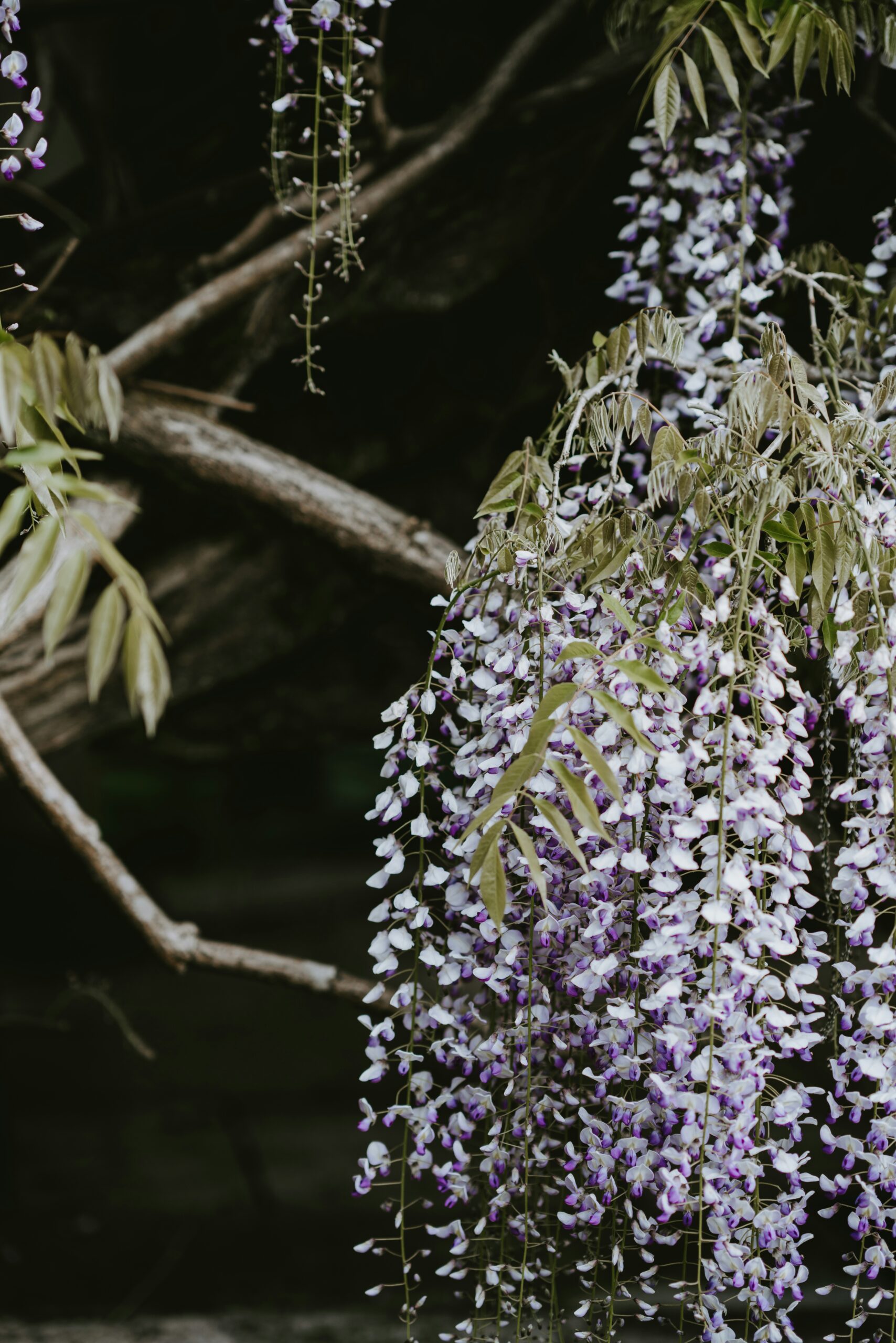
Choosing Containers for Wisteria
If you opt for container planting, select a pot that’s at least 18-24 inches wide and deep. Wisteria needs a sturdy base to support its growth, so choose heavy materials like ceramic or stone. Drainage holes are essential to prevent waterlogging. Container-grown wisteria may need more frequent watering and fertilizing but can be trained for a compact, beautiful display.
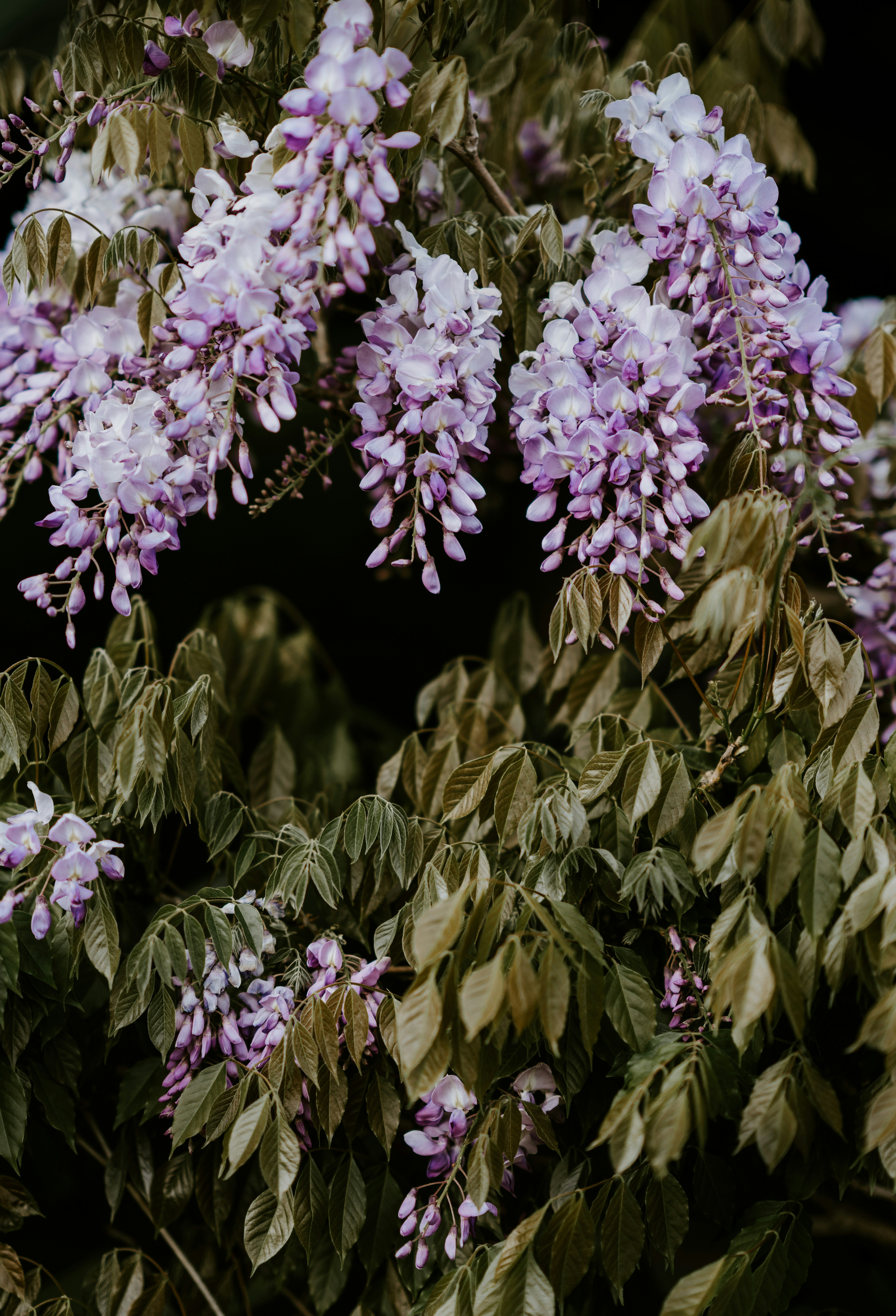
Propagating Wisteria from Seeds
Growing wisteria from seeds can be rewarding, but it requires patience. Seeds need to be scarified, or lightly sanded, to encourage germination. After soaking in water for 24 hours, plant them in seed-starting mix and keep them warm. Note that seed-grown wisteria may take years to bloom and won’t always resemble the parent plant, so consider this option for the long term.
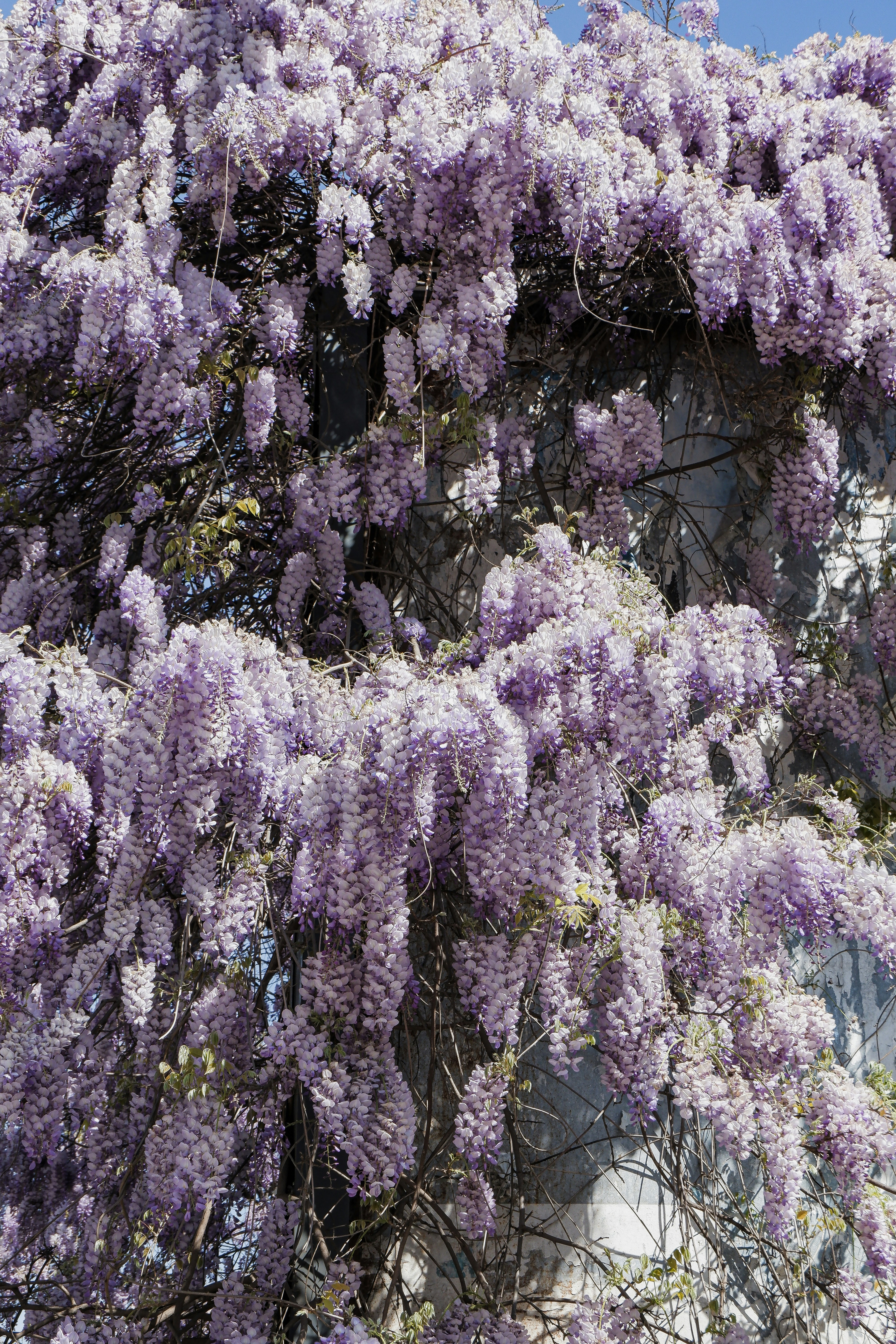
Propagating Wisteria from Cuttings
Cuttings provide a faster and more reliable way to propagate wisteria. Softwood cuttings taken in late spring or early summer are ideal. Remove leaves from the lower section and dip the cutting in rooting hormone before planting in a well-draining potting mix. Cover with a plastic bag to maintain humidity, and roots should start to form within a few weeks.
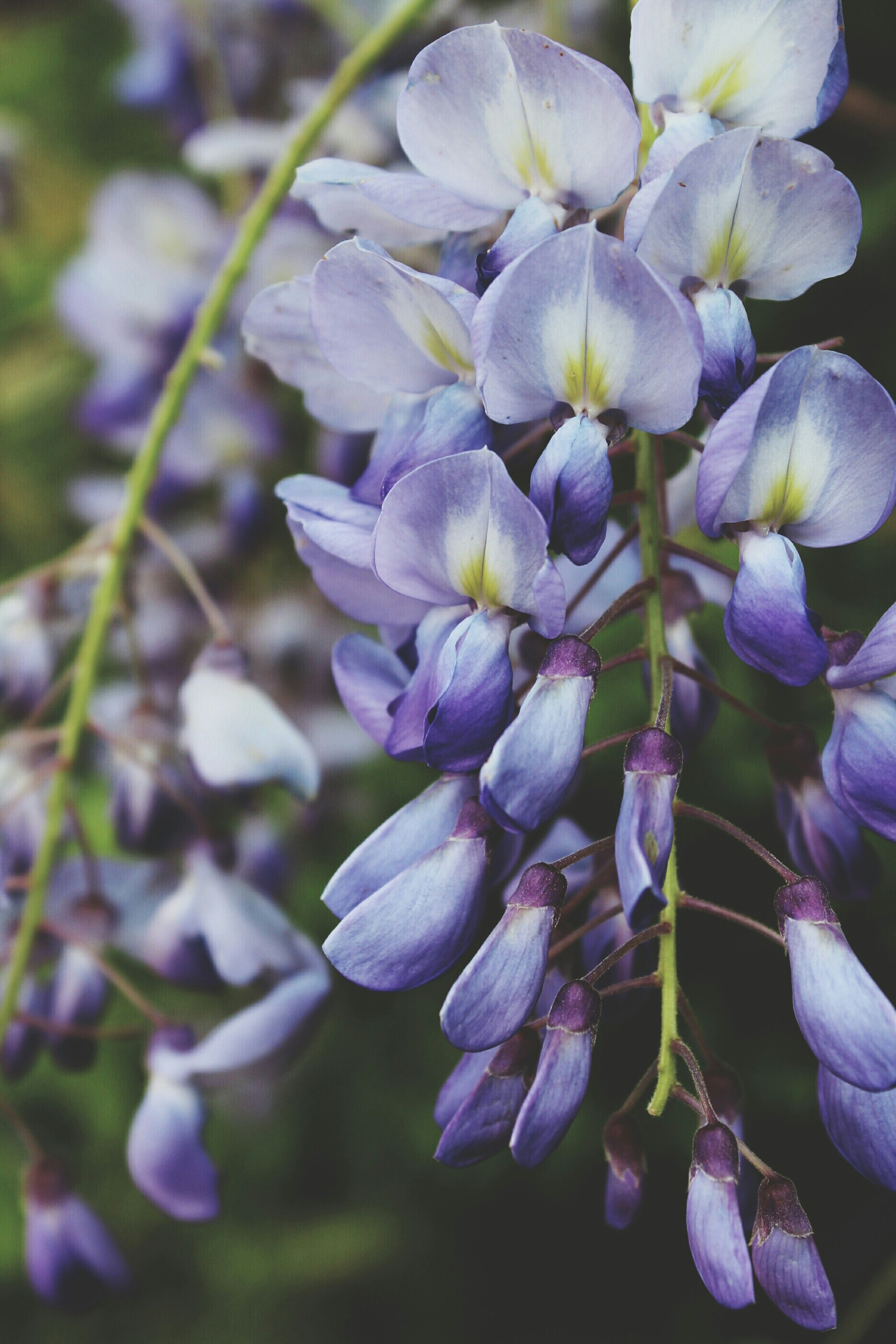
How to Start Wisteria from Grafts
Grafting is another propagation method, often used to ensure specific traits in the offspring. Grafted wisteria plants are often quicker to bloom. This method requires attaching a cutting from a desired plant onto a rootstock. It’s a more advanced technique but worth exploring if you want precise control over your plant’s characteristics.
Planting Wisteria from Seedlings
Starting from seedlings is one of the easiest ways to establish wisteria. Seedlings should be planted in prepared soil in spring or fall. Ensure the hole is deep enough to cover the root system without burying the stem too deeply. Water the newly planted seedling thoroughly and keep an eye on soil moisture as it establishes.

Planting Bare Root Wisteria
Bare root wisteria plants are best planted in early spring when they’re dormant. Soak the roots in water for a few hours before planting to rehydrate them. Dig a hole wide enough to spread out the roots, then cover and water well. Bare root plants may take a bit longer to establish, but with care, they can thrive beautifully.
Spacing Guidelines for Wisteria Plants
Wisteria plants need ample space to spread, as they can grow quite large over time. Plant them at least 10 to 15 feet apart to prevent overcrowding and allow air circulation. Proper spacing helps reduce the risk of diseases and encourages each plant to reach its full flowering potential.

Staking and Supporting Young Plants
Young wisteria plants often need support as they establish. Using stakes or a small trellis can help guide the plant in its early growth stages. Tie the main stems loosely to the support structure to encourage upward growth. Regularly check and adjust ties to avoid constricting the plant as it matures.
Training Wisteria for Optimal Growth
Wisteria is a climber and benefits from training. Whether you’re aiming to cover a wall, arbor, or trellis, guide the plant by gently securing the main stems to the structure. Regular pruning of side shoots will help direct energy toward vertical growth, creating a more balanced and robust display.

How to Create a Wisteria Arbor or Trellis
Creating a dedicated arbor or trellis for wisteria not only supports the plant but also creates a beautiful focal point in your garden. Choose a sturdy structure made from materials like metal or treated wood, as wisteria’s weight can be substantial. Train the plant to climb by tying it loosely to the support, and watch as it transforms into a lush, blooming canopy.
Tips for Growing Wisteria on Walls and Fences
Growing wisteria on walls or fences requires a bit of guidance. Attach sturdy supports, such as horizontal wires, to the surface where you want the plant to climb. Regularly prune and guide the stems to keep them attached and to prevent damage to the structure. This technique is perfect for creating a seamless, flowering wall.

Watering Needs for New Wisteria Plants
Wisteria prefers moderate moisture, especially when young. Water new plants deeply once a week, allowing the soil to dry slightly between waterings. Established plants can tolerate dry spells but benefit from occasional deep watering during prolonged drought. Proper hydration helps wisteria develop a strong root system.
Fertilizing Wisteria for Best Results
Wisteria generally requires minimal fertilization. Apply a balanced, slow-release fertilizer in early spring to support growth. Avoid high-nitrogen fertilizers, as these can encourage leaf growth at the expense of flowers. A light application of phosphorus in late summer can also help enhance bloom production for the following season.

Mulching Wisteria Plants
Mulch helps maintain soil moisture, regulates temperature, and reduces weeds. Apply a 2-3 inch layer of organic mulch around the base of the wisteria, taking care to keep it a few inches away from the stem. Mulching is especially beneficial in hot climates, as it protects the roots and reduces evaporation.
Common Planting Mistakes to Avoid
Wisteria has specific needs, and common mistakes can hinder its growth. Avoid planting in heavy shade or poorly draining soil, which can lead to weak growth and root rot. Overfertilizing can also reduce flowering. Ensure you’re planting with a clear support plan, as wisteria’s weight and vigor can overwhelm weak structures.

Companion Plants for Wisteria
Choosing the right companions for wisteria enhances the beauty of your garden. Plants like lavender, ornamental grasses, and low-growing shrubs complement wisteria’s vertical growth without competing for space. Look for companions with similar sun and soil needs to create a harmonious, low-maintenance garden design.
Final Tips for Successful Wisteria Planting
Growing wisteria takes some patience and planning, but the results are worth it. Start with a strong support system, choose the right planting spot, and provide regular care during the first few years. With the right foundation, your wisteria will reward you with spectacular blooms year after year, creating a breathtaking garden feature that’s well worth the effort.
